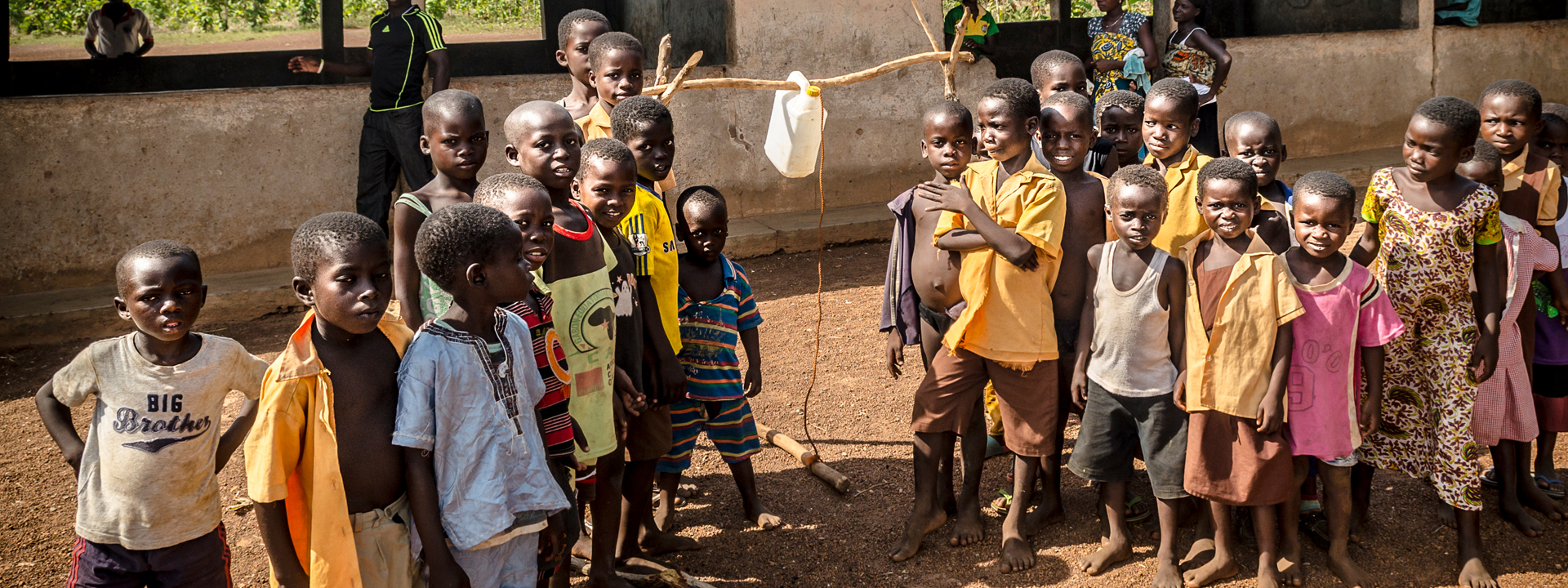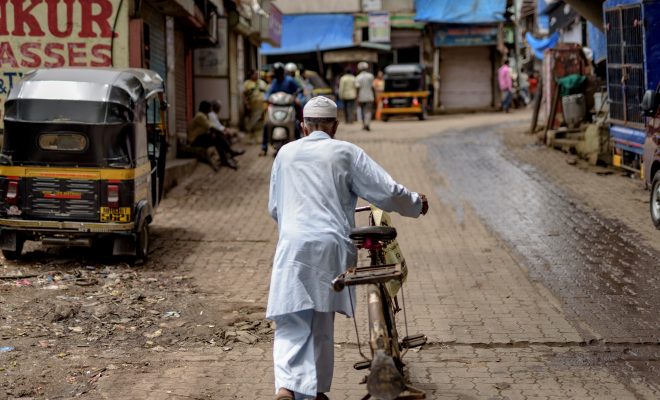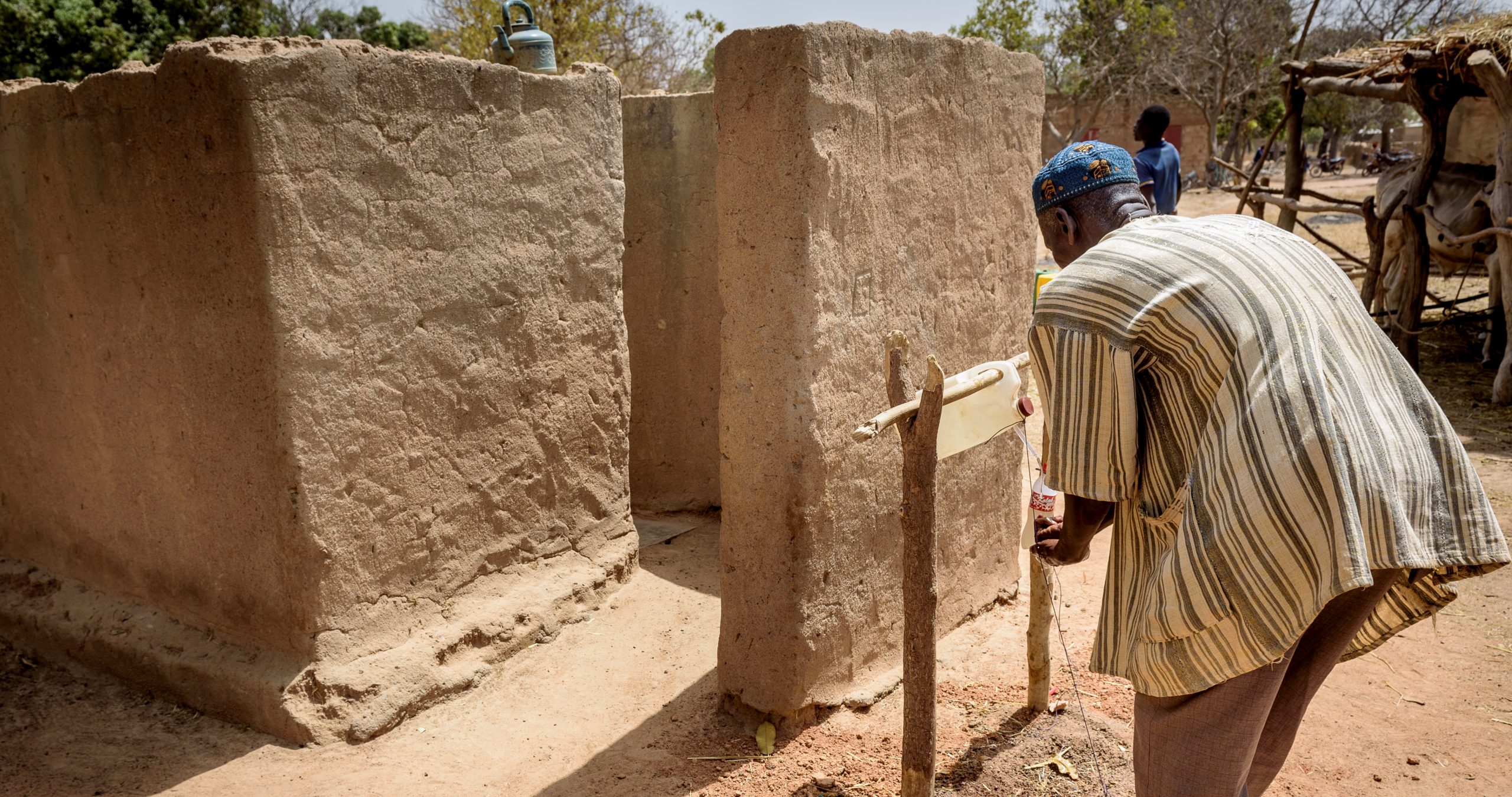One of the beneficial contributions of SDG 6 is its promotion of the sanitation concept, which can be perplexing due to varying perceptions of the “sanitizing” process. When applied to water, it encompasses all efforts to safeguard public health and prevent disease stemming from the treatment and use of wastewater, be it from domestic, industrial, or environmental origins. Sanitation’s interpretation varies significantly among populations, influenced by geography, culture, and primarily, economic status.
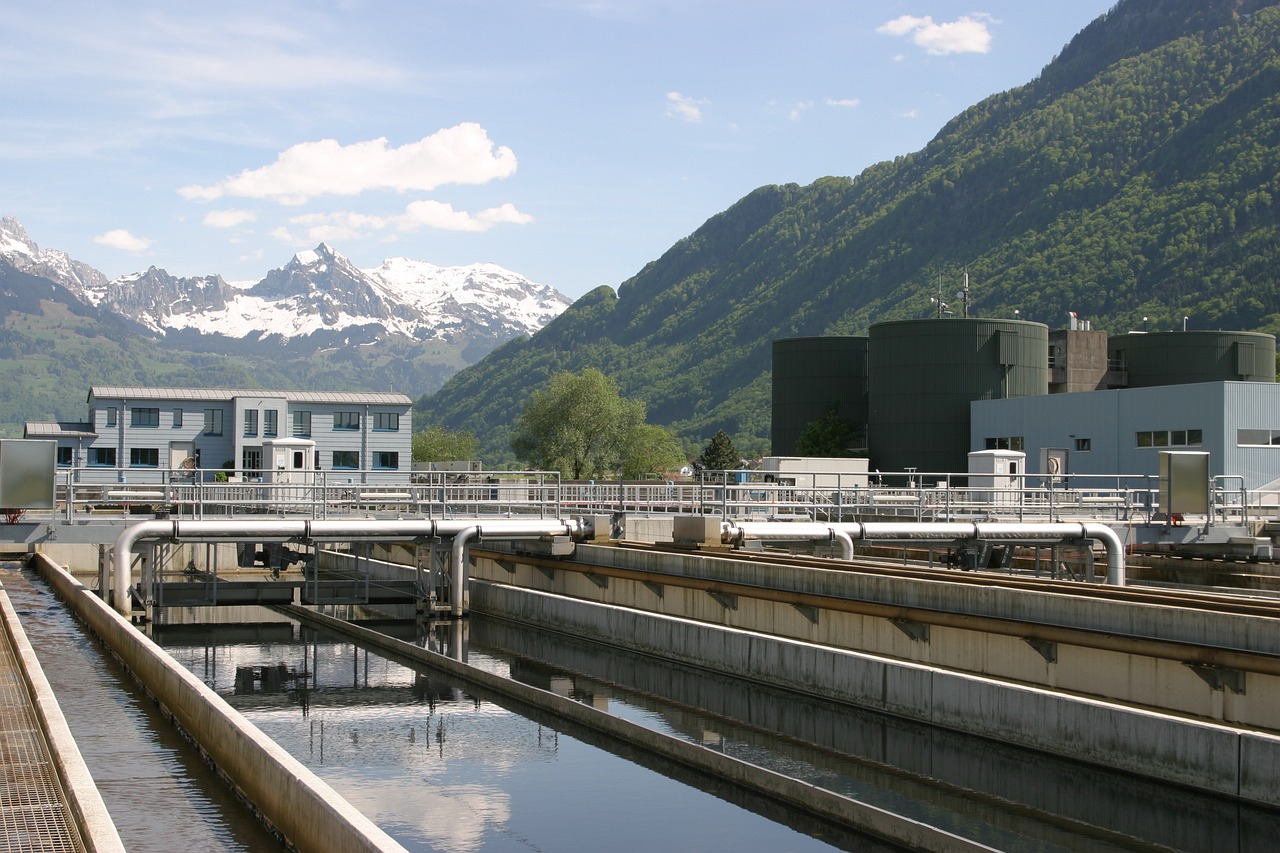
Sanitation in Developing Countries: Avoiding Diseases
According to the JMP, approximately 12 of every 100 people globally lack access to safely managed sanitation services. For them, this implies no hygiene assurance when fulfilling their basic physiological needs. This predicament affects 418 million individuals who resort to open defecation and 544 million who lack toilets that prevent fecal contact. In such instances, sanitation’s foremost and pressing aim is straightforward: safeguarding human health.
The first step involves ensuring access to safe latrines, which serve as the foundation for advancing poverty alleviation efforts and have notably impactful outcomes. In the 66 sanitation projects we have implemented in the most impoverished regions, we’ve substantiated this notion: over one million individuals have transitioned from unsanitary conditions and embraced hygiene practices through active engagement in village and school latrine construction projects.
Communities plagued by open defecation are experiencing a unique transformation. In nine of these projects, we have made a special effort to eliminate open defecation. A good example is our partnership with UNICEF in a project in Burkina Faso, where we’ve effectively eradicated open defecation in the Sissili province. The success of this project has paved the way for setting guidelines for the Burkinabe government to replicate across the country, aiming to eliminate this detrimental practice.
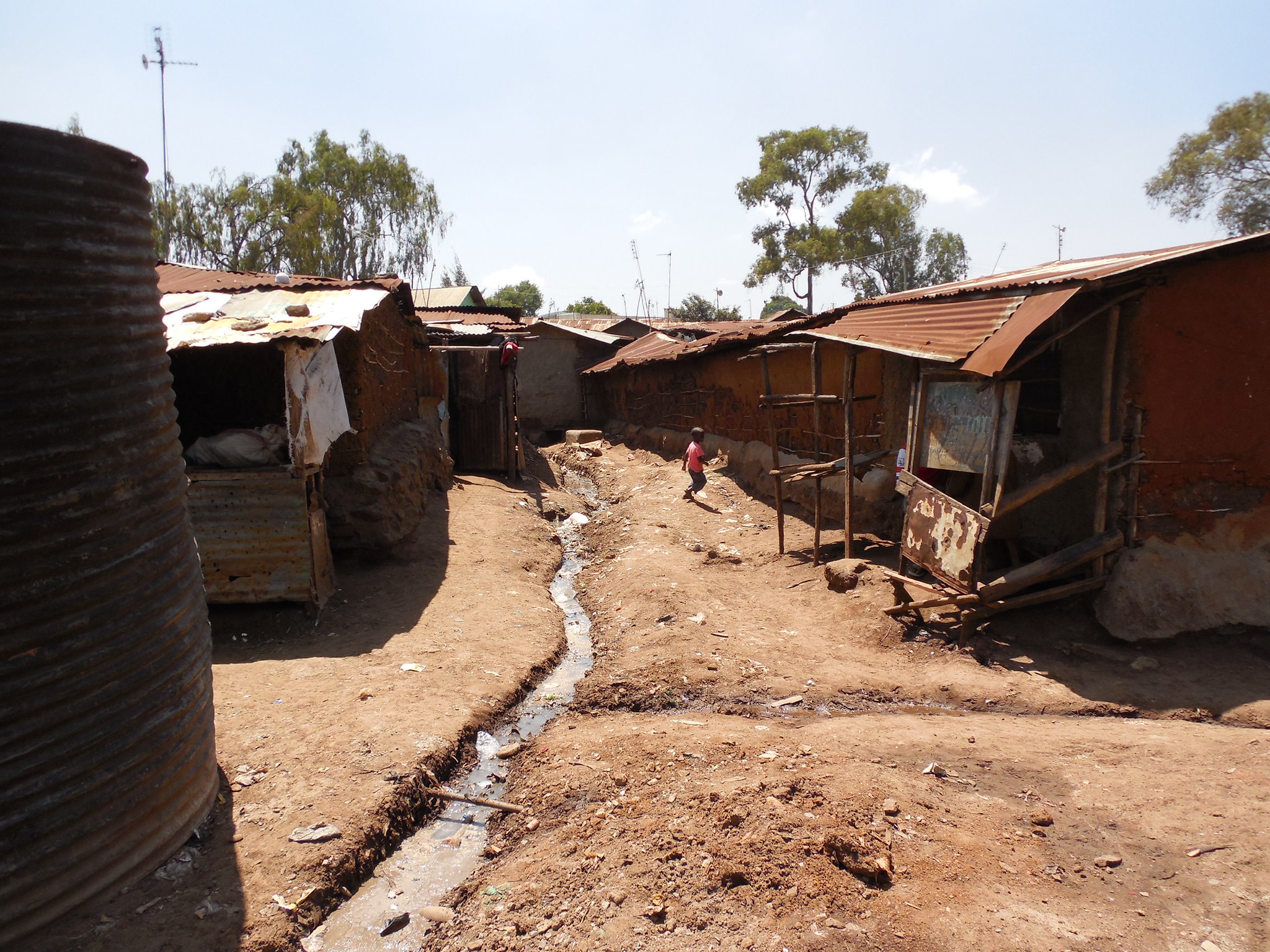
According to the JMP, approximately 12 of every 100 people globally lack access to safely managed sanitation services. © SuSanA Secretaria
Sanitation in Industrialized Countries: Avoiding Pollution
For residents of nations well beyond the poverty threshold, adequate sanitation revolves around ensuring that wastewater is safely returned to the environment without causing pollution. Most of the over 4.5 billion people with access to a securely managed sanitation system in their households reside in these countries, equipped with sewers, septic tanks, and wastewater treatment plants (WWTPs).
It is a world based on technology and investment. Emphasis is placed on systems’ “climate resilience” amid disruptions, ensuring they function correctly despite polluting incidents triggered by extreme weather events. These events include scenarios like urban runoff overwhelming sewage systems, floods damaging septic tanks, or uncontrolled agricultural or industrial discharges. Additionally, during droughts, sewers may clog, WWTPs can be compromised, and even advanced technological systems may face challenges, causing manual flush toilets to malfunction.
Sanitation on a Global Scale: A Tool Against the Climate Crisis
Yet, the ramifications of inadequate sanitation extend beyond humans and their immediate surroundings. Recent climate change research has unearthed fresh data showcasing the significant role sanitation enhancements can play in combating global warming. Wastewater treatment is estimated to contribute to at least 5% of global methane emissions. New studies highlight elevated methane and carbon dioxide (CO2) levels in treatment systems prevalent in economically weaker nations. For instance, research unveiled that in Kampala, Uganda’s capital, the sanitation sector produces 189 kilotons of CO2 equivalent annually.
The bulk of these greenhouse gas (GHG) emissions primarily stem from anaerobic digestion in pit latrines and septic tanks that lack proper cleaning, as well as from sewage treatment plants where methane capture is absent.
Sanitation Can Be a Climate Solution
In 2022, the Climate Resilient Sanitation Coalition (CRSC) was established, bringing together international research organizations and water experts. At COP27, the CRSC issued a call to action on sanitation, urging collaborative international efforts to fortify sanitation systems’ resilience and identify avenues for emissions reduction throughout the service chain. Coalition members include UNICEF, the World Bank, WHO, the Bill & Melinda Gates Foundation, prominent development banks, and numerous research funds.
The coalition advocates for reframing the narrative surrounding sanitation, from viewing it solely as a climate challenge to recognizing its potential as a solution for emission reduction and bolstering the resilience of communities and ecosystems vital to us all.
This entails integrating proactive sanitation service management into all government climate strategies and bolstering commitments to impoverished communities. It also involves incentivizing investments in the sector to foster the development and adoption of affordable, climate-resilient sanitation technologies and models. Beyond mere toilets lies a realm of global benefits we increasingly rely upon.
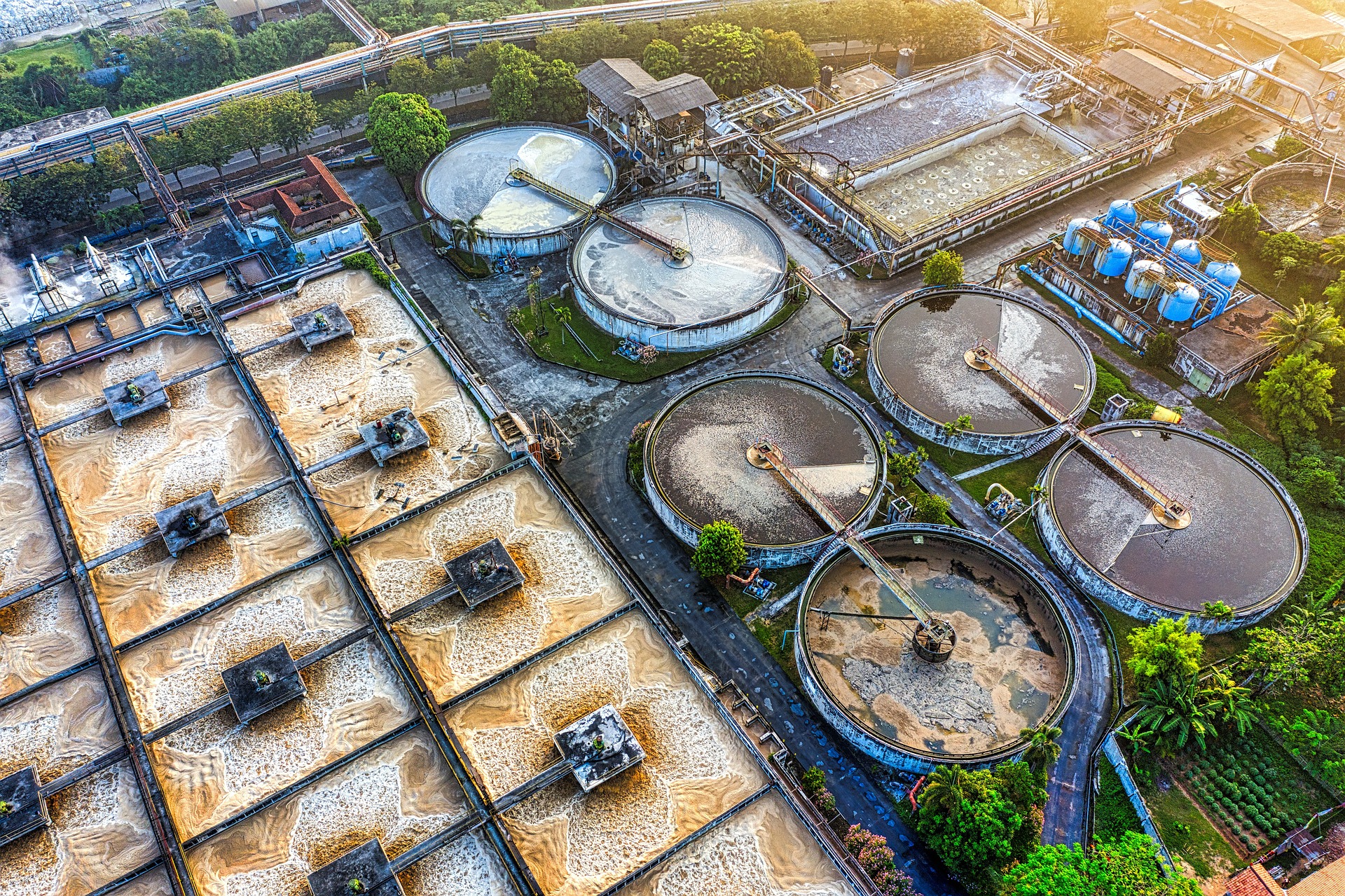
The bulk of these greenhouse gas (GHG) emissions primarily stem from sewage treatment plants where methane capture is absent. © u_nnjglrk13q en Pixabay


